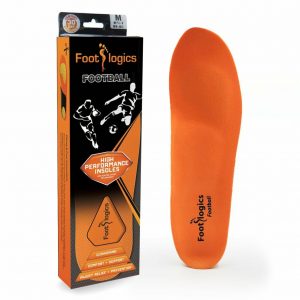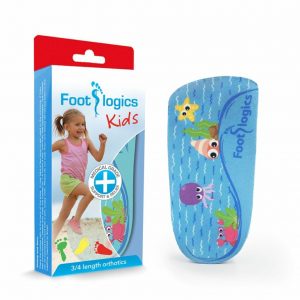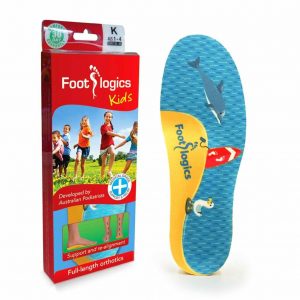Fallen Arches (Over-Pronation)
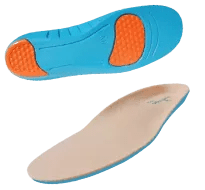
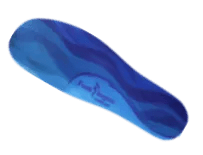
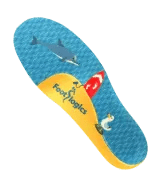
Orthotic insoles for Flat Feet, Fallen Arches & over-pronation
Flat Feet, Excessive Pronation and Fallen Arches
People of all ages can suffer from flat feet, however, the term “flat feet” is often misused because in actual fact, very few of us have a truly flat foot. A flat foot has no arch, meaning that the underside of the foot lies completely flat on the ground. Less than 5% of the population has flat feet that lack any sign of an arch. Having said that, approximately 70% of the Canadian population does suffer from fallen or collapsed arches, medically termed excessive pronation or over-pronation.
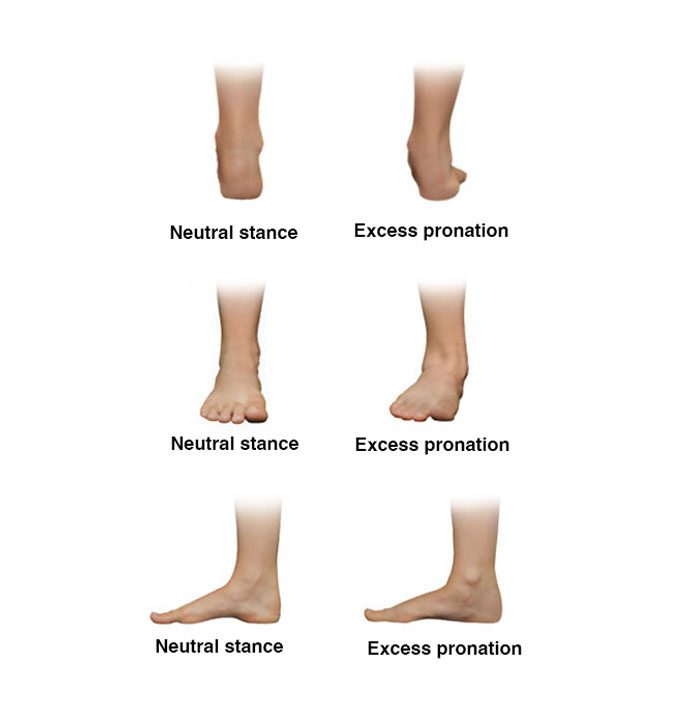
Particularly in the seated position, an over-pronating foot appears quite normal. This is because it does have an arch, or instep, under the foot. The moment weight bearing activities come into play, the situation changes. When you step down, the arches lower. When you walk, the arches collapse and the ankles roll inwards. This is over-pronation.
It is important to note that pronation is not wrong and in fact, our feet need to pronate and supinate to achieve proper gait. Pronation (rolling inwards) absorbs shock and supination (rolling outwards) propels our feet forward. Over-pronation is a pronation movement that goes too deep and lasts for too long, which hinders the foot from recovering and supinating.
With every step you take, excessive pronation impedes your natural walking pattern, which can cause imbalance as well as wear and tear in other parts of the body. Poor walking patterns caused by flat feet or over-pronating feet are often the source of a wide variety of complaints. Particularly as we age, poor foot alignment can cause common conditions such as heel pain and knee pain.
There is a strong genetic predisposition for fallen arches. Beyond this, obesity, pregnancy and age also play contributory roles in over-pronation. The arches of the feet will also tend to lower and roll in with repetitive pounding actions on hard surfaces, especially in unsupportive footwear.
What are the consequences of over-pronation?
- sore, aching feet
- pain in the ball of the foot
- heel pain (Plantar Fasciitis)
- Achilles Tendonitis
- callouses and corns
- bunions
When the foot pronate excessively, the lower leg will rotate. As a result, over-pronating feet contribute to a wide range of common complaints further up in the body, including:
- Shin pain
- Tired, aching legs
- Knee pain
- Lower back pain
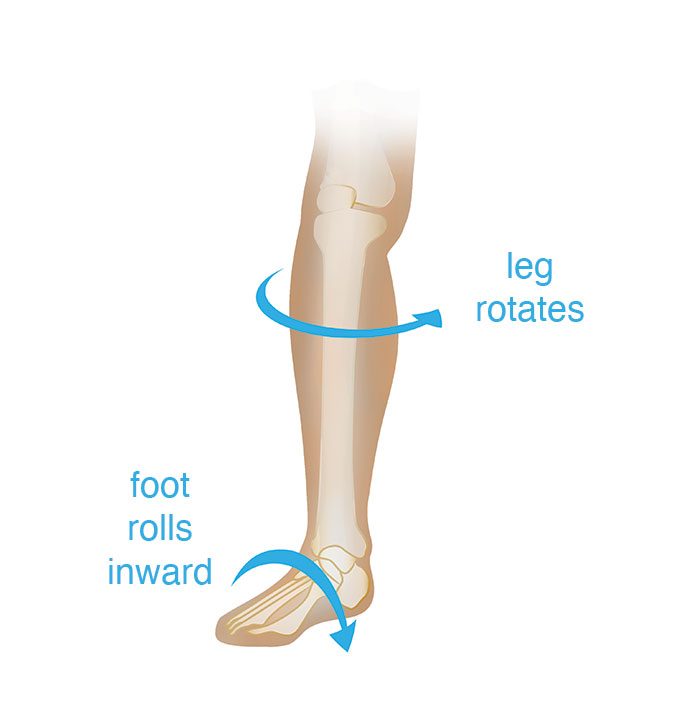
Thus, over-pronation hampers our natural gait and walking pattern. It also causes imbalance in our feet that leads to wear and tear in other parts of our body as well. If let unheeded, over-pronation or excess pronation may lead to biomechanical issues other than the following foot complaints:
- Heel pain
- Heel Spurs
- Plantar Fasciitis
- Achilles Tendonitis
- Shin Splints
- Knee Pain
- Low Back Pain
Treatment of fallen arches with orthotics
Flat or over-pronating feet are best treated with orthotics. Footlogics orthotic shoe inserts correct over-pronation, providing sustainable, long-lasting pain relief to many aches and pains in a natural way.
Our most effective product for over-pronation is the Footlogics Comfort orthotic, which promotes excellent biomechanical control in the foot. These shoe inserts are made of a firm, yet giving material and feature a deep, stabilizing heel cup and strong arch support.
It is wise to treat the discomfort you feel in your feet as quickly as possible so you can avoid more chronic, debilitating pain in the future.
Expert podiatrists have developed Footlogics orthotic insoles to correct excess pronation. These work by providing sustainable and long-lasting pain relief from numerous stubborn aches and pains in the most natural way. Footlogics Comfort, Casual and Sports are the products categories out of which you can choose the most suitable one to exercise excellent biomechanical control over your foot.
Lorem ipsum dolor sit amet, consectetur adipiscing elit. Ut elit tellus, luctus nec ullamcorper mattis, pulvinar dapibus leo.
Best orthotics for flat feet
More frequently observed in people who practice running, pronated stepping causes the foot to distribute the loads in a disproportionate manner, overloading some regions of the body, such as the arch of the foot, big toe, heel, ankle, knee and hip. The pronated step is an alteration that causes a posture deviation in the person and happens for several reasons, such as:
– flat foot, usually associated with over pronation, an “inward leaning” of the foot toward the centerline.
– knee valgus (inward);
– weakness in the deep muscles of the foot and the posterior tibial – a muscle that sits in the leg and helps support the arch and foot during walking;
– the body’s adaptation from a wrong movement during exercises.
Footlogics orthotics allow the functional imbalances that are at the origin of the problem to be modified and attenuated. The insoles offer greater support and elevation on the inside so that it promotes an alignment of the foot and, consequently, of the entire lower limb. Thus, the misalignments that cause pain in the feet, knees and ankles are eliminated. A pronated foot can lead to knee problems; one of the most common ones is Valgus misalignment, which happens because pronators have the habit of turning their knees inward. The same thing happens with the ankle.
In addition, pronator walking can cause misalignment in the toes themselves, since they are compressed by the overload. Consequently, the appearance of corns, blisters and even a bunion, which is a bony misalignment between the first metatarsal and the big toe, can be common.
By altering the alignment and the biomechanics of the feet, a hyper-pronated gait makes the person cushion the impact poorly and distribute the loads unevenly, leaving them susceptible to several problems. Among other related pathologies are plantar fasciitis, Achilles tendonitis, cannellitis, calcaneal spurs, Femoropatellar Syndrome, and Tarsal Tunnel Syndrome.
How to correct fallen arches
If a pronated gait is diagnosed and the person feels pain, it is necessary to see a physiotherapist or podiatrist in order to avoid more serious problems, such as the aforementioned pathologies. And because it is an alteration that can affect various regions of the body, a specialized professional should indicate the best treatment for each case, as well as explain better how all the mechanics of the sport and of walking itself works.
Footlogics insoles help in biomechanical correction (joint alignment and posture). these orthotics are widely used to treat pain and discomfort, they have the ability to aid joint alignment, improve foot cushioning and prevent overloading.

